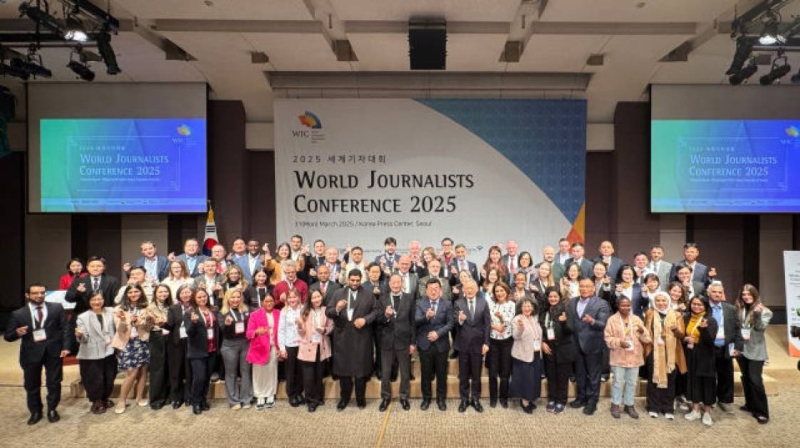Kids dying for a glass of water
Kids dying for a glass of water
Published: 12:00 am Mar 16, 2006
Nobody reading this started the day with a 3km hike to collect the family’s daily water supply from a stream. None of us will suffer the indignity of using a plastic bag for a toilet. And our children don’t die for want of a glass of clean water.
Perhaps that’s why we have such a narrow view of what constitutes a “water crisis’’. Dwindling reservoirs and a few ministerial exhortations to flush the toilet less often, and we’ve got a national emergency on our hands. Hold the front page, there could be a hosepipe ban in the home counties.
In the next 24 hours diarrhoea caused by unclean water and poor sanitation will claim the lives of 4,000 children. The annual death toll from this catastrophe is larger than the population of Birmingham. Dirty water poses a greater threat to human life than war or terrorism. Yet it barely registers on the radar of public debate in rich countries.
At any one time, close to half the population of the developing world is suffering from water-related diseases. These rob people of their health, destroy their livelihoods, and undermine education potential. The statistics behind the crisis make for grim reading. In the midst of an increasingly prosperous global economy, 2.6 billion people still have no access to even the most rudimentary latrine. Over one billion have no source of drinking water.
In UK, the average person uses 160 litres of clean water each day. In rural Mozambique or Ethiopia, people use what women and young girls can carry back from rivers and lakes: 5-10 litres a day for each person.
The global sanitation gap is even more overwhelming. In Kibera, Kenya, over 90% people lack access to a latrine, giving rise to a phenomenon that didn’t figure in the movie: the “flying toilet’’. Lacking any alternative, people defecate into plastic bags that are thrown into the street, with terrifying consequences for public health.
Kibera is a microcosm of what happens across the developing world. Rapid urbanisation and a crumbling water and sanitation infrastructure in cities like Jakarta, Manila and Lagos have left millions of poor people in overcrowded slums facing a constant threat from water infected with human excrement.
To add insult, the poor pay more for their water than the rich. In Kibera, you pay three times more than in Manhattan or London, and 10 times more than in high-income suburbs of Nairobi. Similar patterns are repeated across the cities of the developing world.
Meeting the UN’s millennium development goal of halving the proportion of the world without access to clean water would cost $4bn a year for 10 years. That amount represents just a month’s spending on bottled mineral water in Europe and the US. And for every $1 invested, another $3-$4 would be generated through savings on health spending and increased productivity. So why have rich countries been cutting aid to water and sanitation for the last five years?
South Africa has shown the way by requiring all providers to supply minimum water free. Redistribution may be out of fashion, but converting public water subsidies for the rich into public investments for the poor accelerates progress and overcomes the glaring equity gaps that scar many countries. But we also need global leadership in rich countries that pushes water and sanitation higher up the aid agenda. —The Guardian





